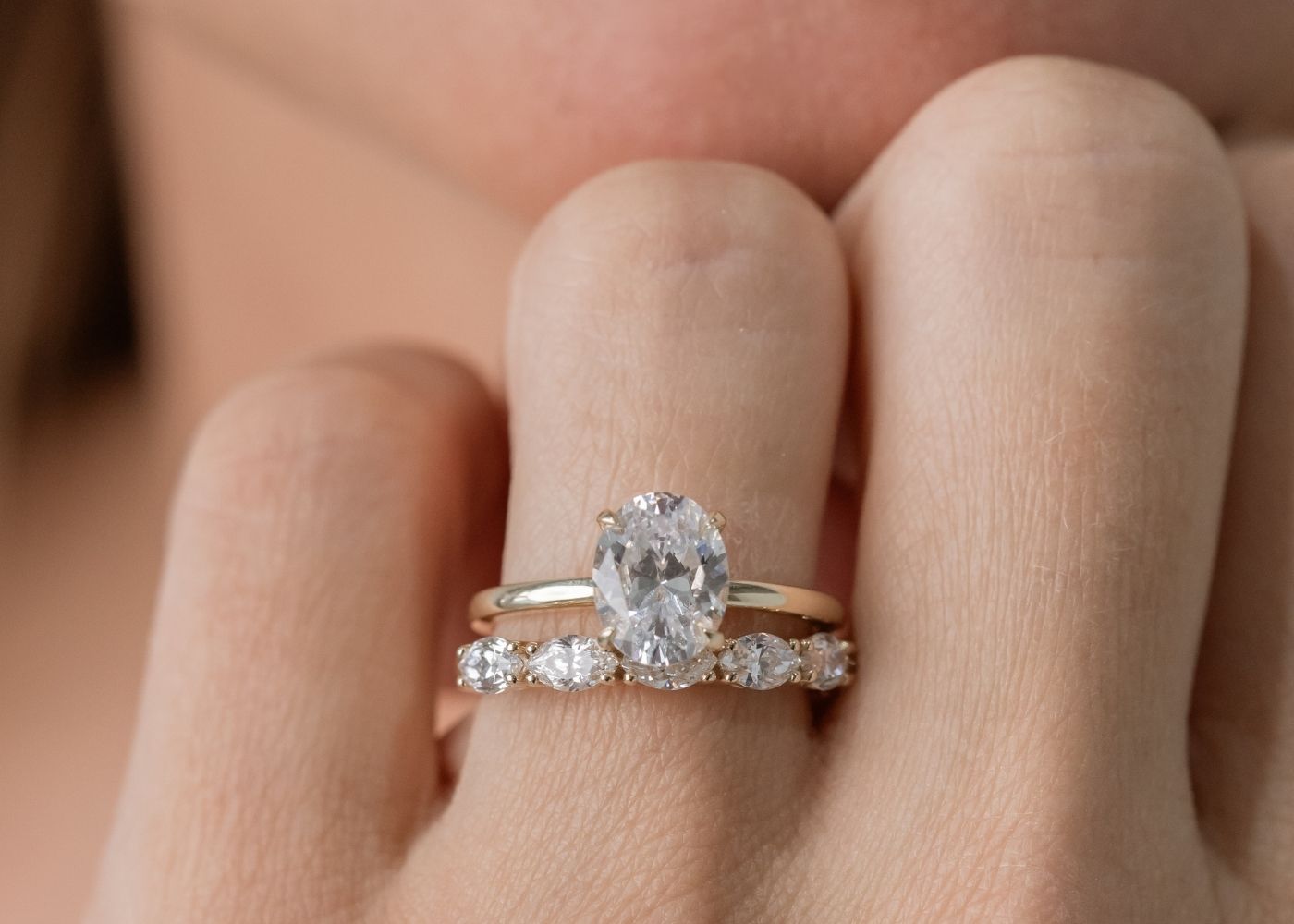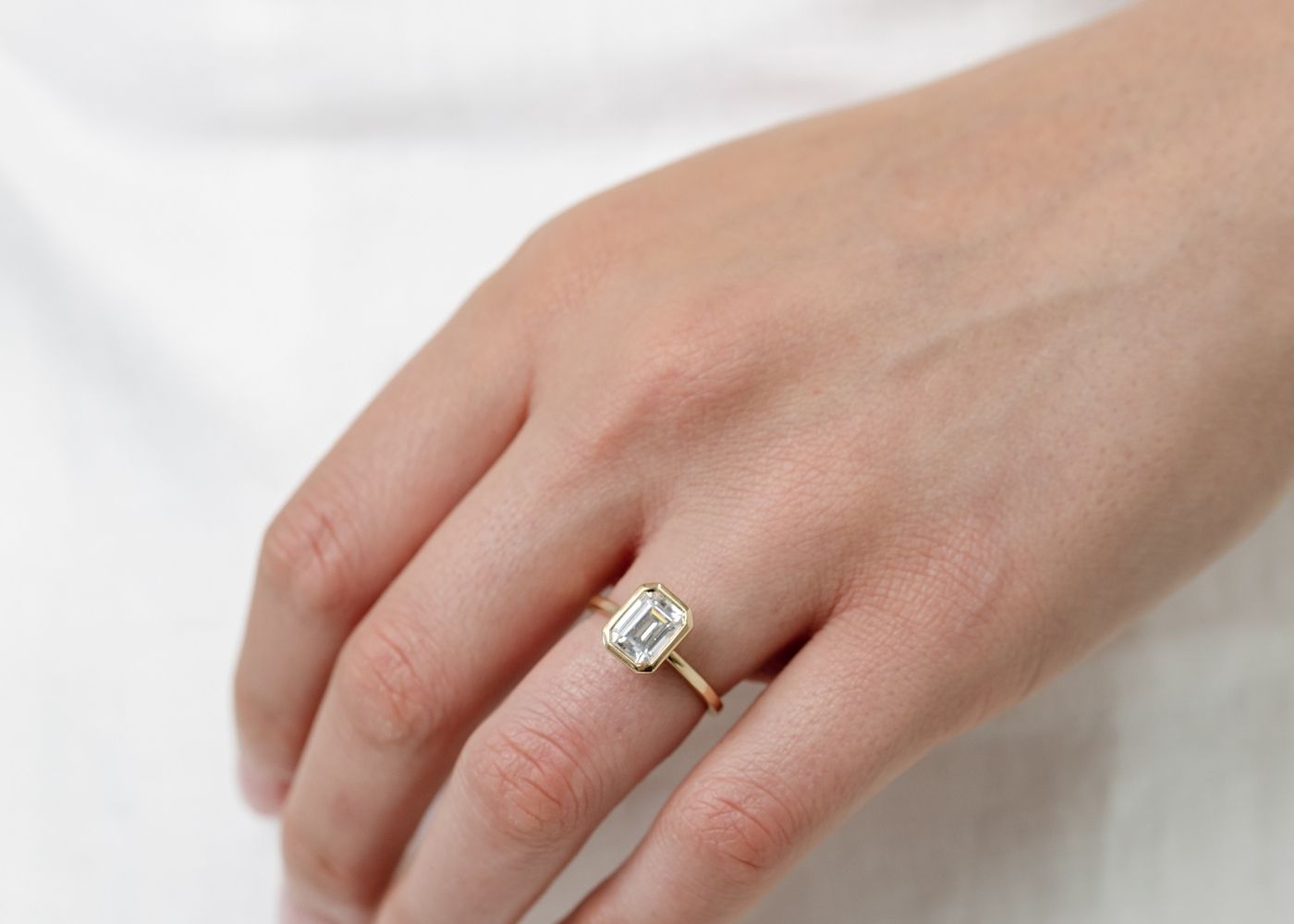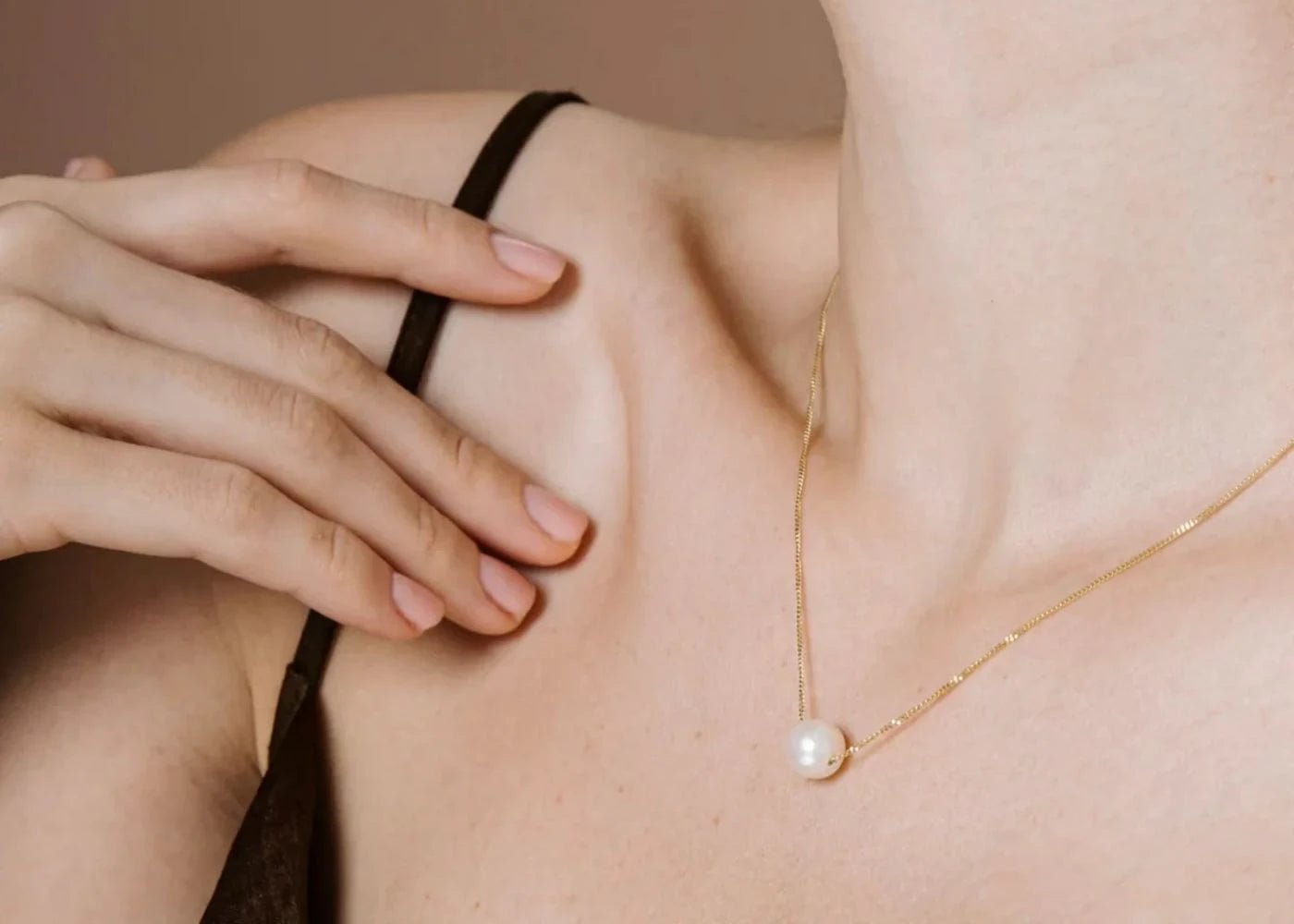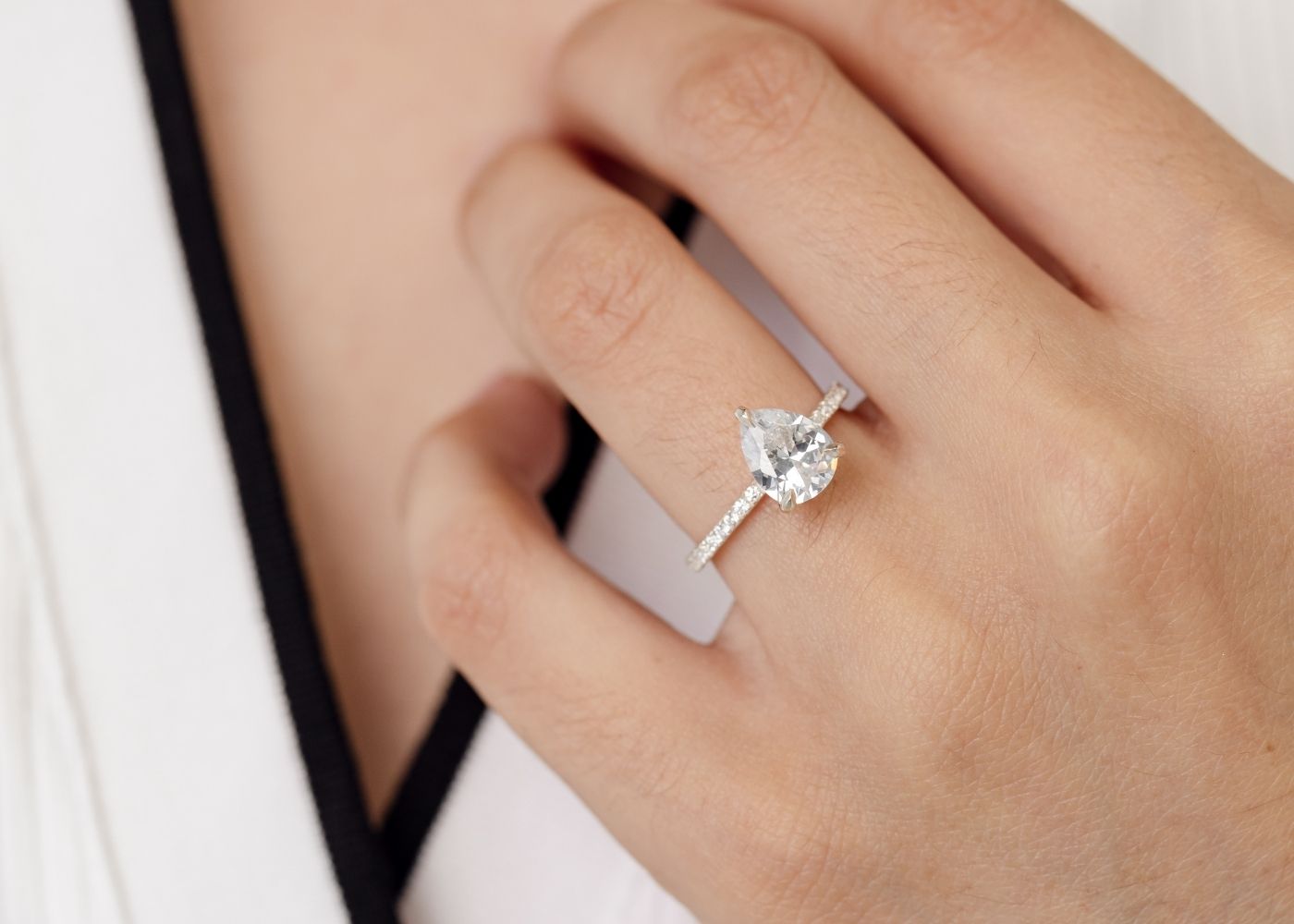Carat (mass)
Etymology and History
- The word 'carat' comes from the Italian 'carato', which was derived from the Arabic 'qīrāṭ', borrowed from the Greek 'kerátion'. 'Kerátion' means carob seed, which is a diminutive of 'keras' meaning horn.
- Carob seeds were originally used to measure jewelry, but they were not actually consistent in mass distribution.
- Different countries had their own carat measurements in the past.
- In the 1570s, carat began to be used for measuring diamond weights.
- Today, the carat is used for measuring gemstones and pearls.
Standardization and Historical Definitions
- In 1871, an international carat of 205 milligrams was proposed.
- In 1907, a metric carat of 200 milligrams was proposed and accepted.
- The metric carat became compulsory by law in France and was later adopted by the United States and the United Kingdom.
- Different locations had slightly different mass values for the carat in the past.
- The international carat of 205 milligrams became widely adopted, but some locations had specific carat values.
UK Board of Trade
- The original Board of Trade carat was approximately 205 milligrams.
- In 1888, the Board of Trade carat was changed to approximately 205 milligrams.
- Some metric countries used the Board of Trade carat, even though it was a non-metric unit.
- The Board of Trade carat was divisible into four diamond grains.
- The Board of Trade carat was primarily used for measuring gold and had limited application.
Carat as a Unit of Mass
- Carat is a unit of mass used for measuring gemstones and pearls.
- It is equivalent to 200 milligrams or 0.2 grams.
- The term 'carat' originated from the carob tree seeds which were used as counterweights on balance scales.
- The carat weight affects the value and price of gemstones, with larger carat weights being more valuable.
- The carat weight is often used in conjunction with other factors like cut, color, and clarity to determine the quality of a gemstone.
Carat vs. Karat and Conversion
- Carat, as a unit of mass, should not be confused with 'karat', which is used to measure the purity of gold.
- Karat is a measure of the proportion of gold in an alloy, with 24 karat being pure gold.
- Carat and karat have different origins and meanings.
- Carat can be converted to other units of weight, such as grams or ounces.
- 1 carat is equal to 0.2 grams or 200 milligrams.
- In the Imperial system, 1 carat is approximately equal to 0.007055 ounces.
Carat (mass) Data Sources
| Reference | URL |
|---|---|
| Glossary | https://harryandcojewellery.com.au/blogs/glossary/carat-mass |
| Wikipedia | http://en.wikipedia.org/wiki/Carat_(mass) |
| Wikidata | https://www.wikidata.org/wiki/Q261247 |
| Knowledge Graph | https://www.google.com/search?kgmid=/m/0213d |





